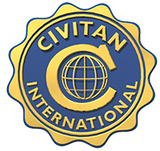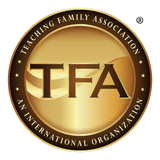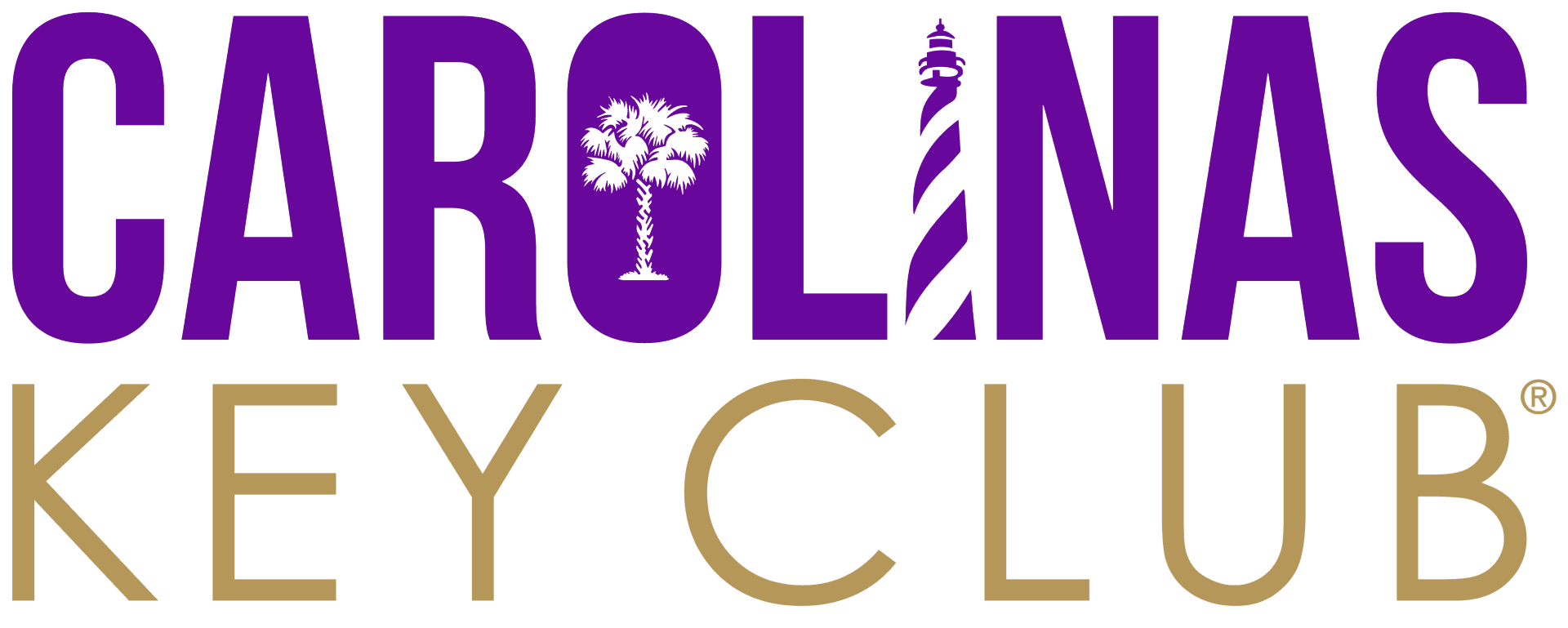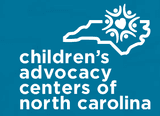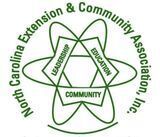“Every child and family deserve support when they need it. Our goal for C.R.E.A.T.E. Hope is to make this kind of highly specialized, trauma-informed treatment more available and accessible in rural communities where services are limited.”
This is the passionate proclamation of C.R.E.A.T.E. Hope Senior Clinician Anna Miller about the program offered by Boys and Girls Homes of North Carolina.
Funded through a grant received from the Governor’s Crime Commission, the program provides treatment and advocacy services for child victims of crime or witnesses to crime and their non-offending caregivers.
Miller has helped increase the visibility of the program by being rostered in Trauma Focused-Cognitive Behavior Therapy (TF-CBT) through the North Carolina Child Treatment Program (NC CTP).
According to the NC Children Treatment Program website, the roster is “a searchable list of NC CTP and Center for Child and Family Health (CCFH) trained providers in North Carolina currently accepting referrals.” The NC CTP is a statewide effort to train mental health providers in evidence-based treatment models addressing childhood trauma, behavior and attachment. The list of TF-CBT rostered clinicians is available to the public at https://www.ncchildtreatmentprogram.org/program-roster.
“The rostering process is a year-long training program,” said Miller. “It involves 17 hours of online training, 7 days of in-person training that was through Zoom during COVID, monthly group consultation calls with one of the trainers, biweekly one-on-one consultation calls with a trainer, and various other assignments. In order to graduate, each clinician must successfully complete two TF-CBT cases from start to finish with intensive supervision.”
“Having Anna on this roster demonstrates the commitment of C.R.E.A.T.E. Hope and Boys and Girls Homes to evidence-based treatment for our children and families,” said BGHNC President/CEO Ricky Creech. “Being able to provide these outpatient therapeutic services is another way we are able to meet a growing need in the community.”
Children who are victims of crime or who have witnessed violence are at increased risk of academic struggles, chronic illnesses, self-destructive behaviors, and substance abuse. The intention of C.R.E.A.T.E. Hope is to reduce those impacts through the most effective forms of therapy for the children and families involved.
“TF-CBT is a specialized, evidence-based treatment for children ages 3 – 18 impacted by trauma and their caregivers,” said Miller. “A typical course of TF-CBT is 12 – 26 sessions. There are three phases of treatment. Initially, TF-CBT focuses on safety and stabilization, providing psychoeducation and teaching skills to help with coping and reducing symptoms. Next is formal gradual exposure and working through the traumatic experiences. In the final stage, the goals are to consolidate and move on.”
BGHNC intends to continue having clinicians in C.R.E.A.T.E. Hope complete the rostering process each year to increase the availability of this specialized therapy.
“First and foremost, C.R.E.A.T.E. Hope prioritizes TF-CBT because it is the most effective and rigorously tested treatment for traumatized children,” Miller said. “It is highly effective at improving PTSD symptoms, depression, anxiety, shame, and behavior symptoms. In fact, 80 percent of children show significant improvement in trauma related symptoms in fewer than 16 weeks.”
An additional benefit of TF-CBT is the success shown for a diverse range of individuals.
“As most of us can imagine, parenting a child who has experienced trauma can be difficult,” said Miller. “Many parents and caregivers themselves experience trauma-related symptoms, depression and self-blame in the aftermath of their child’s traumatic experience, especially if the parent has their own unresolved trauma from the past. TF-CBT is effective at improving parental distress, parental depression and parental support for the child.
“C.R.E.A.T.E. Hope provides therapy and advocacy for children and families of all walks of life, ethnicities, cultures, socioeconomic backgrounds, family structures, and types of trauma experienced,” Miller continued. “Each family has a unique set of strengths, challenges and needs. There is evidence showing that TF-CBT is successful in treating diverse ethnic and racial populations as well as complex trauma.”
TF-CBT is only one of the current approaches used by clinicians in C.R.E.A.T.E. Hope.
“Every child and family have a unique experience, and therefore, deserves a nuanced approach,” said Miller. “Clinicians currently use a combination of Cognitive Behavior Therapy, Solution Focused Therapy, Person Centered Therapy, Mindfulness, and Acceptance and Commitment Therapy. Having training experience in a variety of different therapy models means that clinicians can tailor treatment to the individual needs of each child and family.”
C.R.E.A.T.E. Hope clinicians are currently exploring and pursing opportunities to train and obtain certifications in Eye Movement Desensitization and Reprocessing (EMDR), Internal Family Systems, Emotional Freedom Techniques (EFT) and Polyvagal Theory.
The exploration and incorporation of these leading-edge therapeutic modalities reflecting neurobiological advances are a central piece of the Waccamaw Way, BGHNC’s trauma-informed, evidence-based approach to caring for children and families in crisis.
“The Waccamaw Way informs everything we do, every day, to provide an environment of care that promotes health, healing and hope,” Creech said. “These efforts at C.R.E.A.T.E. Hope are an example of how we are ready for the changing landscape of childcare.”
“The mental health field is relatively new compared to other sciences like biology and medicine, so it is constantly evolving as we learn more through research,” said Miller. “Traditionally, most therapy modalities are ‘talk therapy,’ which involve verbally processing experiences, emotional awareness, learning new ways of thinking, and making better choices. These approaches, like CBT, Solution Focused, Person Centered and TF-CBT, fall under the category of ‘Top-Down’ approaches because they address the frontal lobe of higher reasoning first. ‘Bottom-Up’ approaches like EMDR, EFT, and Polyvagal Theory, have proven particularly effective in the treatment of trauma because these approaches address the body’s memory of the trauma, the body sensations, and the fight/flight/freeze/fawn response by addressing the primitive parts of the brain first.
“Our commitment through C.R.E.A.T.E. Hope is to address each child and family’s needs with the therapeutic approach that will help them the most,” said Miller. “That means being at the front in offering the evidence-based treatments to the community.”
About C.R.E.A.T.E. Hope
Funded through a grant received from the Governor’s Crime Commission, the program provides treatment and advocacy services for child victims of crime or witnesses to crime and their non-offending caregivers. Children who are victims of crime or who have witnessed violence are at increased risk of academic struggles, chronic illnesses and self-destructive behaviors. The goal of C.R.E.A.T.E. Hope is to reduce those impacts. The program’s C.R.E.A.T.E. in the name comes from the words: Collaboration, Resiliency, Education, Advocacy, Therapy and Empowerment. The program currently serves youth and families in Columbus, Pender, Bladen, Brunswick, Robeson, and Onslow counties with office locations in Lake Waccamaw, and Hampstead. For more information, call 910-646-3083 ext. 232.
This project was supported by Grant No. 2017-VA-GX-0050 awarded by the Office for Victims of Crime, U.S. Department of Justice. The opinions, findings, conclusions, and recommendations expressed in this publication, program/exhibition are those of the author(s) and do not necessarily reflect the views of the Department of Justice, Office for Victims of Crime.
About Boys and Girls Homes of North Carolina
Boys and Girls Homes of North Carolina, Inc., has been helping children since 1954. Since then, more than 7,500 children have benefitted from the services of the not-for-profit, 501(c)3 agency. Its mission is to provide a comprehensive array of services for children and youth who have been removed from their homes due to abuse, neglect or other family dysfunction. BGHNC offers adoption, family and therapeutic foster care, free children’s therapy, as well as residential care on the campus at Lake Waccamaw. The campus features a SACS-accredited school with a middle and high school curriculum, vocational education, recreation facilities, farm, chapel and cottage life. As many as 320 children are cared for through the residential, community-based services, and school program provided by BGHNC at any given time. BGHNC operates its program, services and activities in compliance with federal nondiscrimination laws. BGHNC is nationally accredited by the Council on Accreditation.


